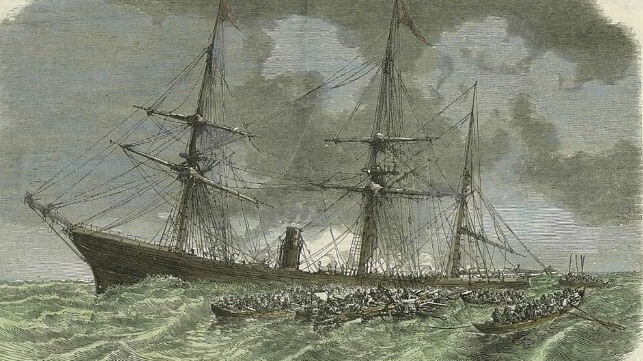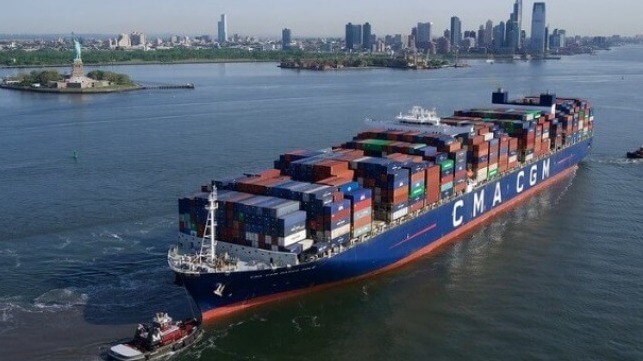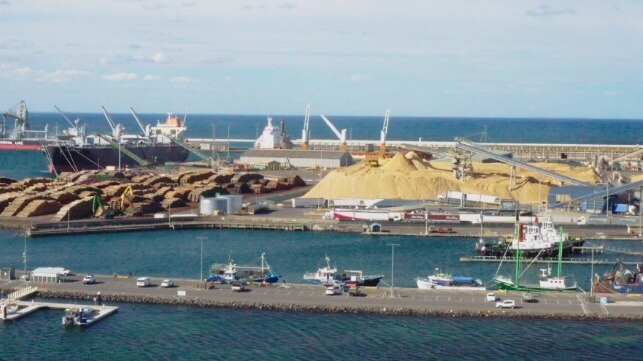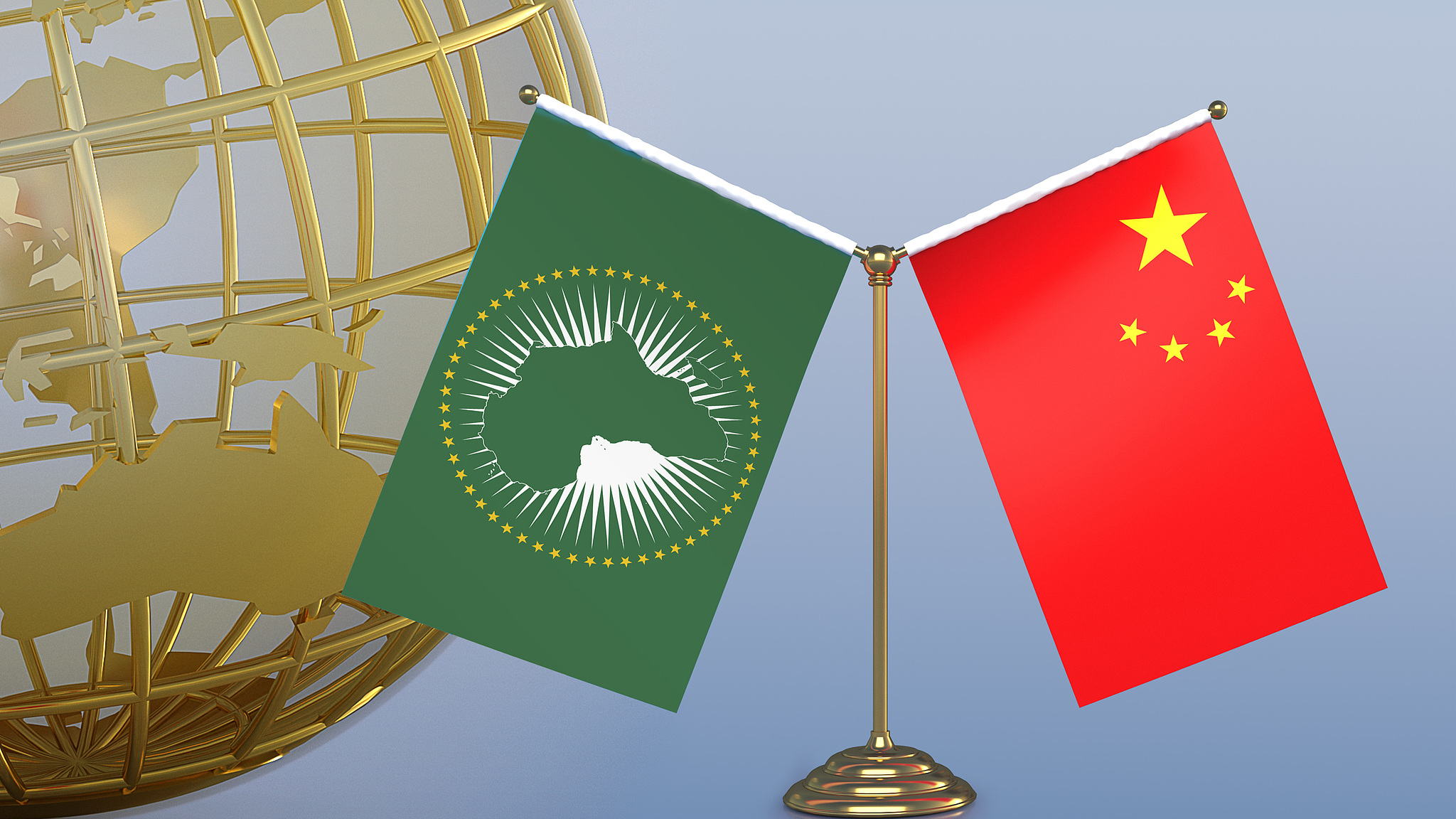UPDATE
Wreck Hunters Find Lost Steamship From the 19th Century off Cape Cod

A group of wreck hunters from New Jersey have discovered the location of an early steamship that went down off Massachusetts more than 150 years ago. The resting place of the passenger vessel Le Lyonnais was thought to be located near Nantucket Shoals, but the team found her near Georges Bank, roughly 80-100 nautical miles to the east.
On Nov 2, 1856, Le Lyonnais was under way on a voyage from the U.S. to Le Havre with 132 passengers on board. It was her first return voyage to her home port, but she would never arrive: off the coast of Massachusetts, she collided with the sailing vessel SS Adriatic, an 800-ton cargo ship that was headed southbound for Savannah. The collision caused minor damage to Le Lyonnais' iron hull, and she continued on her voyage. Days later, she succumbed to flooding and sank. Though she deployed lifeboats, only 16 passengers were ultimately rescued alive.
160 years later, a group of amateur explorers set out to find the wreck of Le Lyonnais. The owners of Atlantic Wreck Salvage - the holding company for the dive boat D/V Tenacious - began looking for the vessel together in 2016, and they theorized that the ship may have sunk far from where it was commonly believed to have gone down. Based on survivor accounts, they determined that the ship probably sank near Georges Bank - a shallow area east of Cape Cod.
The team carried out side-scan sonar surveys in 2022-23, then returned last month with four divers to examine each potential target. One of them was clearly Le Lyonnais: the steam engine matched the vessel's equipment, and the iron hull and wooden rigging aligned with the passenger ship's design.
The majority of the ship is buried in the sand, group partner Jennifer Sellitti told the Asbury Park Press. The team is keeping the vessel's location and depth a secret for now, at least until they have an opportunity to examine it further.

















